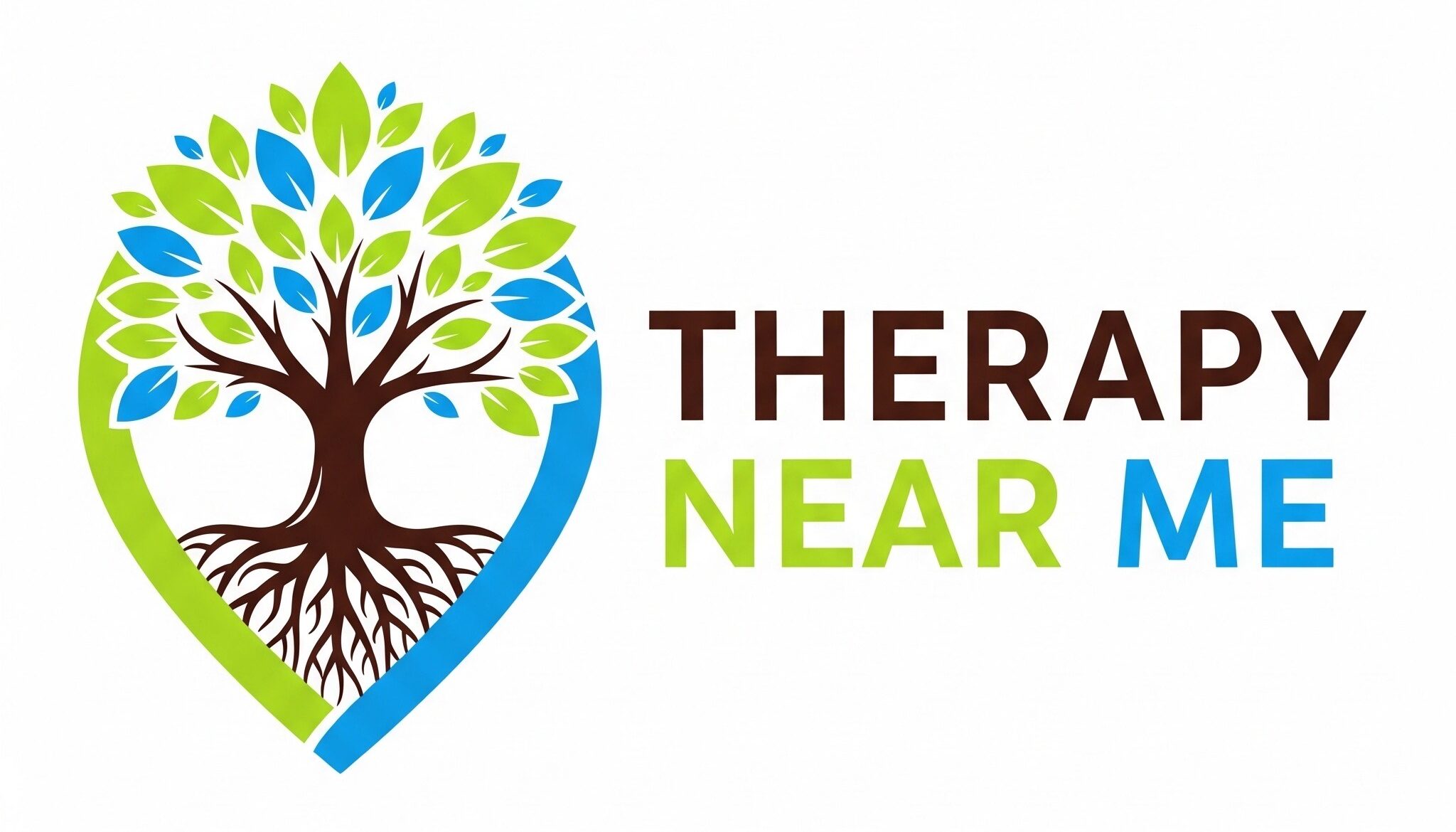Addiction, a complex and chronic disorder characterized by compulsive drug seeking and use despite harmful consequences, is a major public health challenge worldwide. While behavioral therapies are a critical component of addiction treatment, medications can also play a significant role in managing withdrawal symptoms, reducing cravings, and preventing relapse. This article provides a scientific overview of the medications used to treat addiction, focusing on substance use disorders related to alcohol, opioids, and nicotine, as per the latest research and guidelines.
1. Alcohol Use Disorder
- Naltrexone: An opioid antagonist that reduces the rewarding effects of alcohol, thereby decreasing cravings and the risk of relapse. Clinical trials have shown naltrexone to be effective in reducing heavy drinking and promoting abstinence (O’Malley et al., 1992, Archives of General Psychiatry).
- Acamprosate: Thought to restore the balance of neurotransmitters altered by alcohol use. Acamprosate has been effective in maintaining abstinence in individuals who have achieved sobriety (Mason & Ownby, 2000, American Journal of Health-System Pharmacy).
- Disulfiram: Acts as a deterrent to drinking by inhibiting the enzyme aldehyde dehydrogenase, leading to unpleasant reactions when alcohol is consumed. While effective for some, its use is limited by compliance issues (Skinner et al., 2014, Cochrane Database of Systematic Reviews).
2. Opioid Use Disorder
- Methadone: A long-acting opioid agonist that reduces withdrawal symptoms and cravings without producing the euphoria associated with opioid abuse. Methadone maintenance treatment is highly regulated and has been shown to improve treatment retention and reduce illicit opioid use (Mattick et al., 2009, Cochrane Database of Systematic Reviews).
- Buprenorphine: A partial opioid agonist that, like methadone, can reduce cravings and withdrawal symptoms. Buprenorphine is considered to have a lower risk of misuse and can be prescribed in office-based settings, improving access to treatment (Fiellin et al., 2008, Journal of the American Medical Association).
- Naltrexone (extended-release): Unlike its use in alcohol addiction, naltrexone for opioid use disorder is often administered as an extended-release injection. It blocks the effects of opioids and is used to prevent relapse in individuals who have already undergone detoxification (Lee et al., 2018, American Journal of Psychiatry).
3. Nicotine Addiction
- Nicotine Replacement Therapy (NRT): Includes patches, gum, lozenges, inhalers, and sprays, providing a low level of nicotine to ease withdrawal symptoms and cravings associated with quitting smoking (Stead et al., 2012, Cochrane Database of Systematic Reviews).
- Bupropion: An antidepressant that also reduces cravings and withdrawal symptoms associated with quitting smoking. Bupropion is thought to work by affecting neurotransmitters involved in nicotine addiction (Hughes et al., 2014, Cochrane Database of Systematic Reviews).
- Varenicline: Partially activates nicotine receptors, reducing withdrawal symptoms and the pleasure derived from smoking, making smoking less satisfying and helping individuals to quit (Cahill et al., 2013, Cochrane Database of Systematic Reviews).
4. Cocaine Addiction
Treating cocaine addiction presents unique challenges, as there are currently no medications specifically approved by the FDA for this purpose. However, several pharmacological strategies are being explored to mitigate cravings and reduce the risk of relapse.
- Modafinil: Originally used to treat narcolepsy, modafinil has shown promise in reducing cocaine use, particularly in individuals with co-occurring alcohol use disorders (Dackis et al., 2005, The American Journal of Psychiatry). Modafinil may work by enhancing cognitive control and reducing impulsivity associated with cocaine addiction.
- Disulfiram: Although primarily used to treat alcohol dependence, disulfiram has been found to be somewhat effective in individuals with cocaine dependence, especially those with concurrent alcohol use disorders. The mechanism by which disulfiram may reduce cocaine use is not fully understood but is thought to involve the inhibition of dopamine β-hydroxylase, an enzyme involved in dopamine metabolism (Carroll et al., 2004, Drug and Alcohol Dependence).
5. Amphetamine and Methamphetamine Addiction
Amphetamine and methamphetamine addictions are particularly challenging to manage due to the high potential for relapse and limited medication options.
- Methylphenidate: For individuals with attention deficit hyperactivity disorder (ADHD) and co-occurring methamphetamine addiction, methylphenidate, a stimulant medication, has been used to improve ADHD symptoms and reduce methamphetamine use. This treatment is based on the theory of therapeutic replacement of the abused stimulant (Konstenius et al., 2014, Addiction).
- Bupropion: Bupropion, an antidepressant also used for smoking cessation, has shown potential in reducing methamphetamine use among dependent individuals. Its effectiveness may be due to its action on neurotransmitter pathways altered by methamphetamine use (Elkashef et al., 2008, Addiction).
Conclusion
Medications play a crucial role in the comprehensive treatment of addiction, offering hope for recovery and improved quality of life for individuals struggling with substance use disorders. However, medication should be part of a broader treatment plan that includes behavioral therapies and support. Collaboration between healthcare providers and patients is essential to tailor treatment plans that address the specific needs of individuals, optimize outcomes, and support long-term recovery.
References
- O’Malley, S.S., et al. (1992). Naltrexone and coping skills therapy for alcohol dependence. Archives of General Psychiatry.
- Mason, B.J., & Ownby, R.L. (2000). Acamprosate for the treatment of alcohol dependence. American Journal of Health-System Pharmacy.
- Skinner, M.D., et al. (2014). Disulfiram efficacy in the treatment of alcohol dependence: A meta-analysis. PLOS ONE.
- Mattick, R.P., et al. (2009). Methadone maintenance therapy versus no opioid replacement therapy for opioid dependence. Cochrane Database of Systematic Reviews.
- Fiellin, D.A., et al. (2008). Primary care-based buprenorphine taper vs maintenance therapy for prescription opioid dependence. Journal of the American Medical Association.
- Lee, J.D., et al. (2018). Extended-release naltrexone to prevent opioid relapse in criminal justice offenders. American Journal of Psychiatry.
- Stead, L.F., et al. (2012). Nicotine replacement therapy for smoking cessation. Cochrane Database of Systematic Reviews.
- Hughes, J.R., et al. (2014). Antidepressants for smoking cessation. Cochrane Database of Systematic Reviews.
- Cahill, K., et al. (2013). Varenicline for smoking cessation. Cochrane Database of Systematic Reviews.
- Dackis, C.A., et al. (2005). Modafinil and cocaine: A double-blind, placebo-controlled drug interaction study. The American Journal of Psychiatry.
- Carroll, K.M., et al. (2004). Efficacy of disulfiram and cocaine dependence in methadone-maintained patients. Drug and Alcohol Dependence.
- Konstenius, M., et al. (2014). Methylphenidate for attention deficit hyperactivity disorder and drug relapse in criminal offenders with substance dependence: A 24-week randomized placebo-controlled trial. Addiction.
- Elkashef, A.M., et al. (2008). Bupropion for the treatment of methamphetamine dependence. Addiction.
How to get in touch
If you or your patient/NDIS clients need immediate mental healthcare assistance, feel free to get in contact with us on 1800 NEAR ME – admin@therapynearme.com.au







